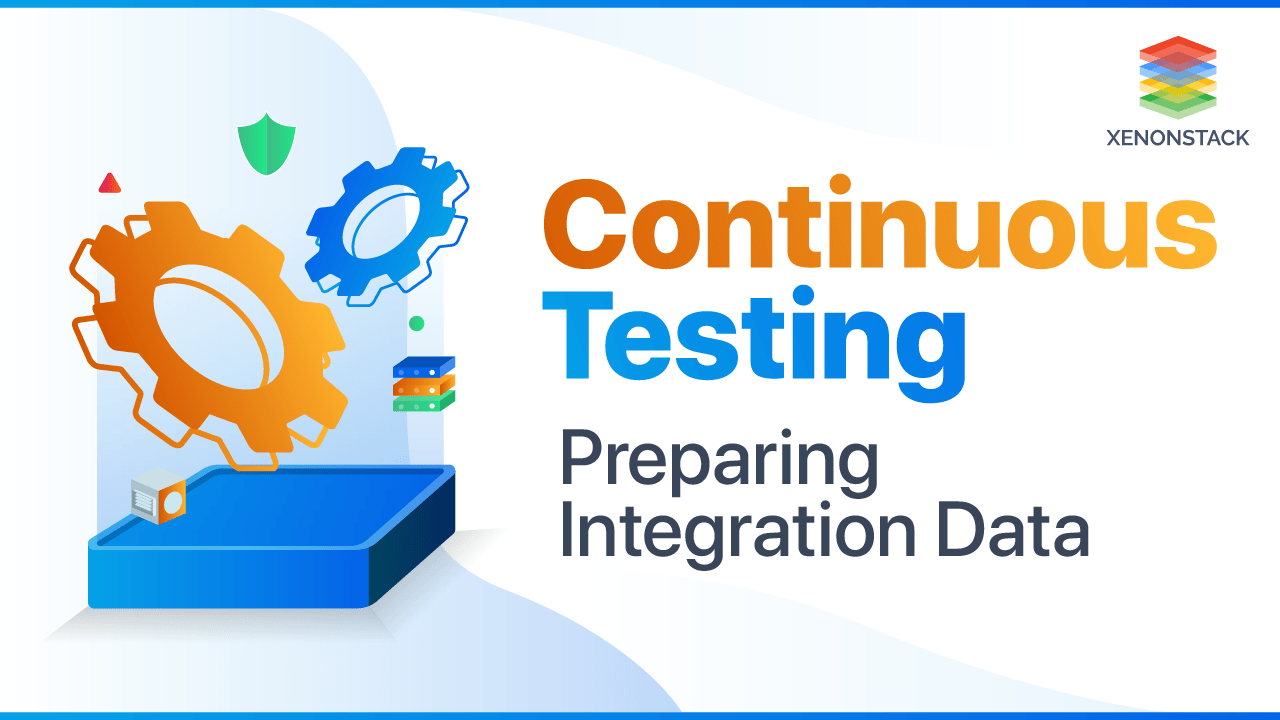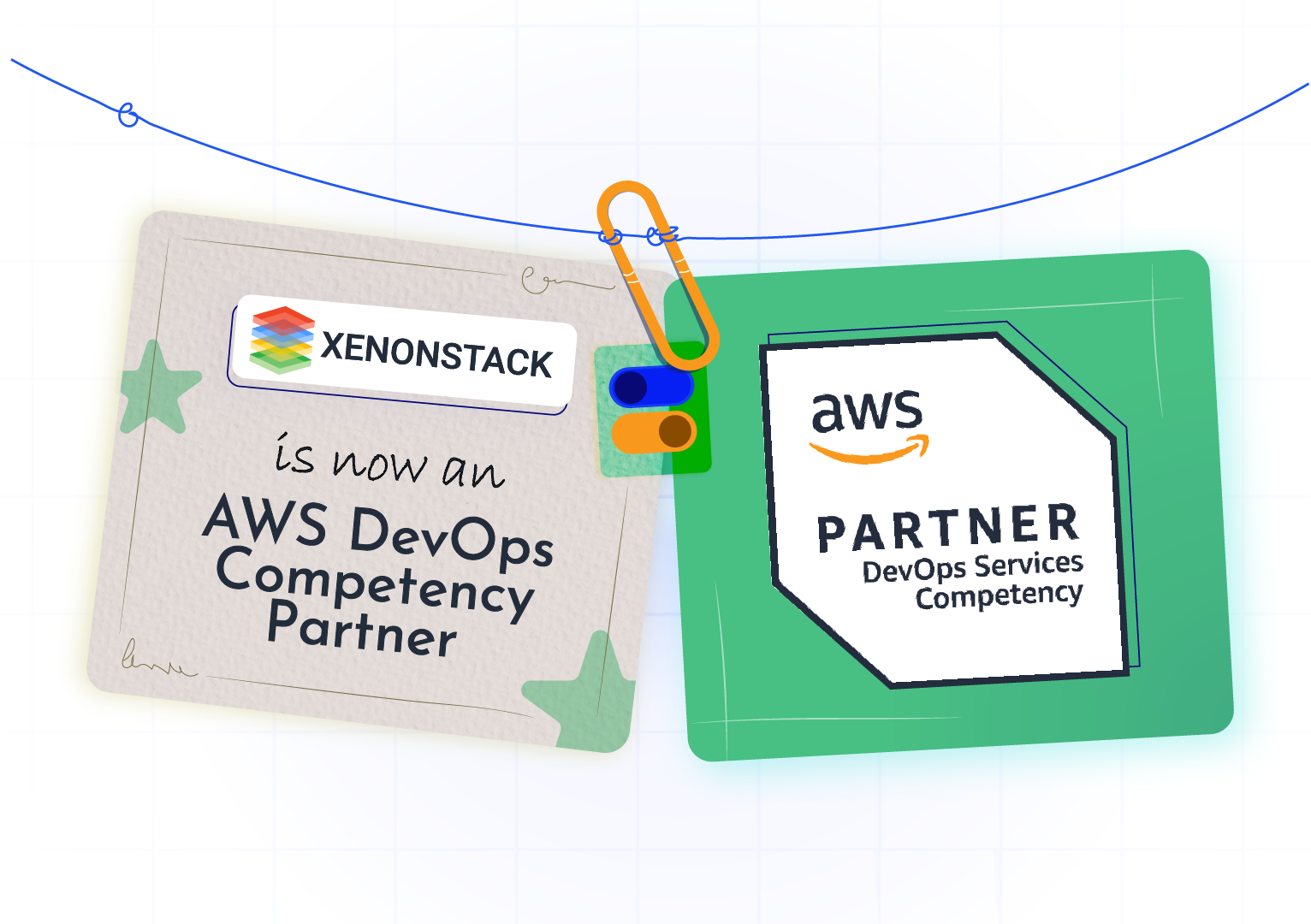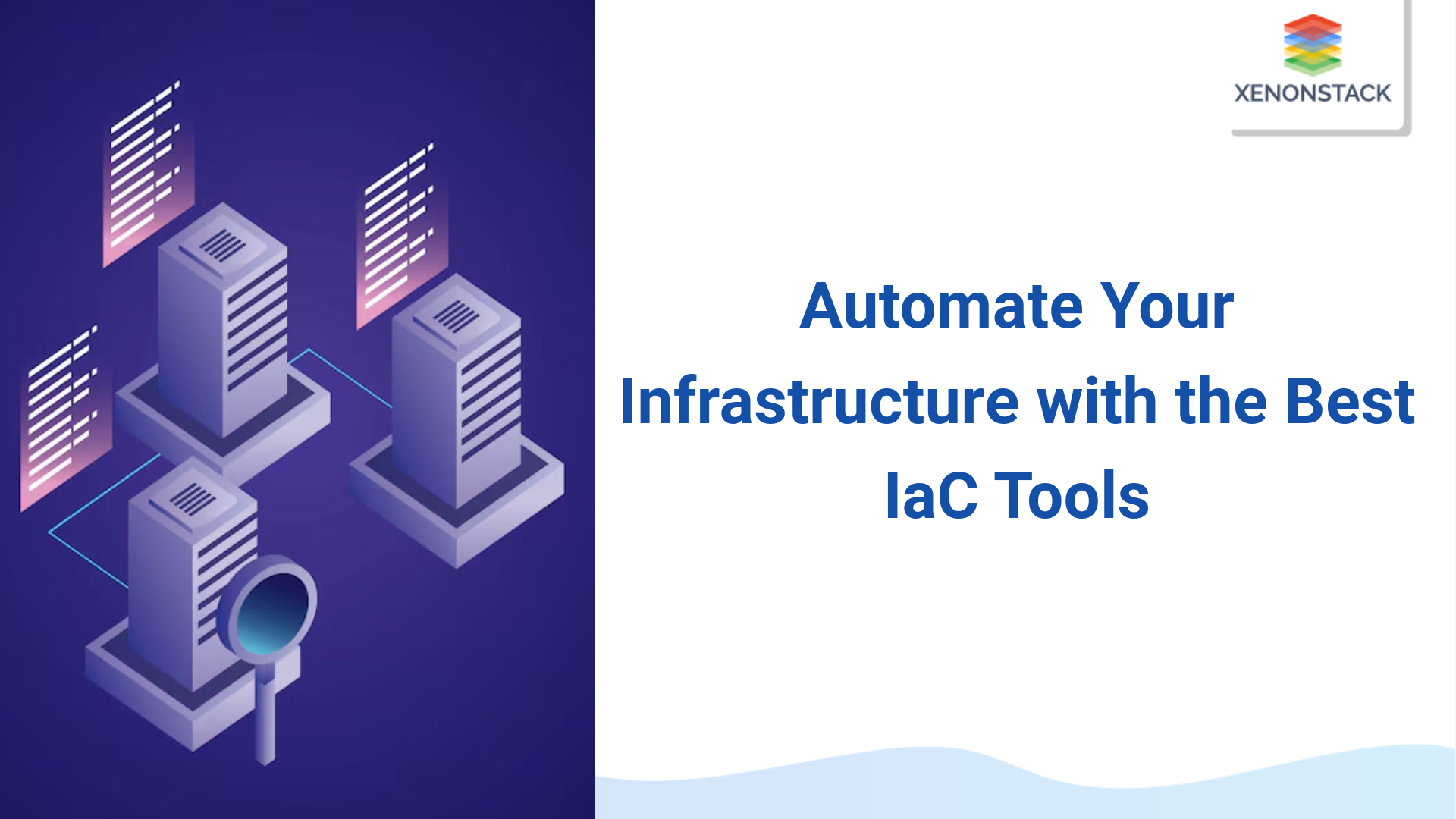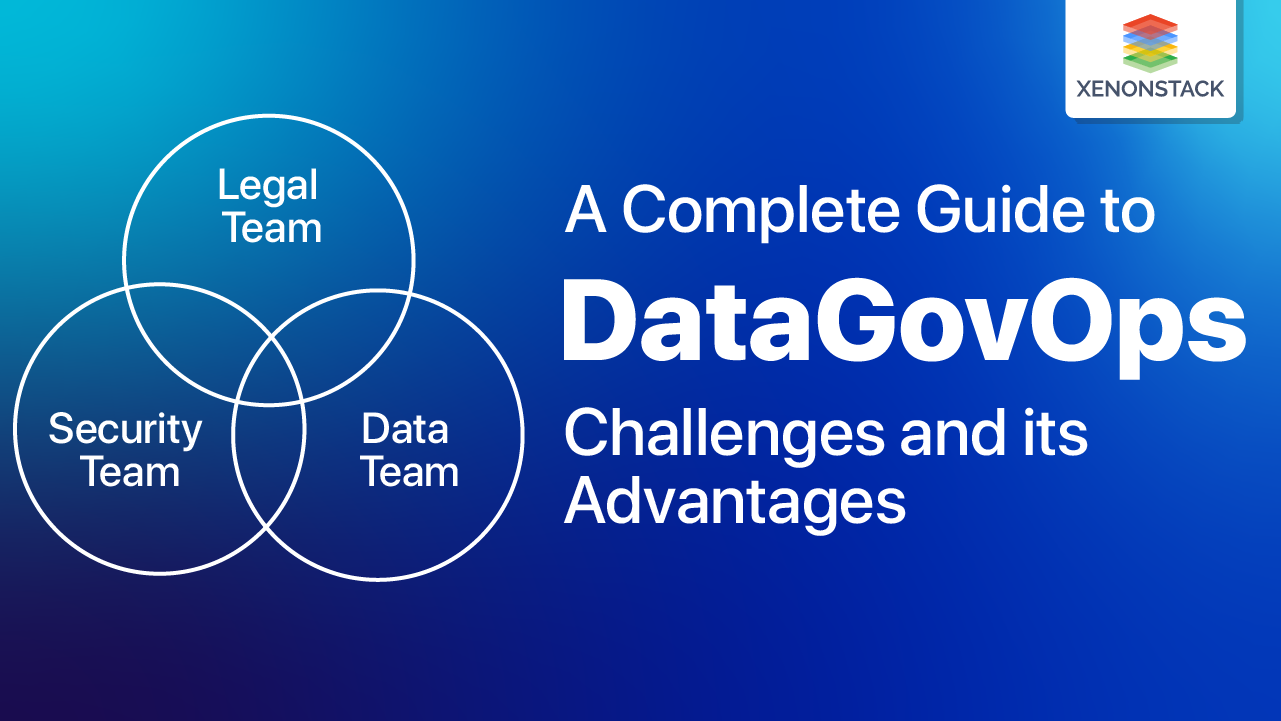
Introduction Continuous Testing
Like all other key technology trends, DevOps is not any new to the industry with the technology needs increasing, the industry shifting towards Automation at a much lightning pace. DevOps is not just a technology trend, and it is more than a trend, diversification of various likely-minded people. Who has a frequent target in mind on an industry level? It is a cultural change aiming towards a collaborative process where the developers and operations teams achieve a particular target, i.e., successful transformation and development. No doubt, there are numerous developers available all around the globe that can build a program with much ease. Still, we are neglecting the management side of the story. By management, what I mean to say is that the Testing, QA, and Operations teams.Embed quality in applications; teams add more modern testing practices in the form of small quality checks performed throughout the application pipeline. Taken From Article, Continuous Testing in DevOpsContinuous Testing involves following diverse routes to ensure to deliver the best user-driven experience. It is not always viable to perform all the tests every time, so for this continuous testing strategy to serve. A cultural change over the organization should cultivate four crafts such as Test Early, Test Regularly, Test Rapidly, and Test everywhere along with Automation. The main aim is to evaluate the best quality at every step by bringing together the Developers and Operations team and the QA and DevOps teams.
What is Integration Data?
With the outburst of data in volume and variety, data exchange plays a critical role in business processes to grow. This process is has exceeded beyond steps to send from one place to another. Businesses these days have the exact complexity in data. As a result, they are highly drawn towards valuable and efficiently manage data to promote growth. So, among those numerous sequences of steps, the first one is to preparing Integration data or Data Preparation. Data preparation involves the process of identifying, cleansing, and transforming raw data into meaningful sets of data. It also suggests adding corrections to data, reformatting, and combining data sets to enhance the quality of data ready to process.Why is Continuous Testing important in preparing Integration Data?
There are numerous factors to cultivate together that allow a business processing system to excel its influence on the market and receive more resources and collaborations to bring in more products. This is not just a linear path, as the biggest problem is at the ground level of data management. If Data was already available in a refined manner or the tools that have been built. To promote agile development processes could enhance data. To a level where no rectifications require, we would not be reading about these topics today. As they say, it looks a lot less complicated from the outside than it is inside. The same goes with data with already some trillions of un-ordered data available. That is complex to escape and handle with all the inconsistencies. It is evident to group things in a particular manner to operate efficiently, which brings us to a new topic called Test Data Preparation. It is never easy moving from manual processes to fully automated systems as it involves a lot of serious planning and productivity. One way of doing it is by making testing an actual key element or service. Let’s understand what Test Data is and its and requirements next. Preparing Test data involves test data injection and measurements. At specific points and under conditions where the need and acceptable the determine level of risk. So, we can say that it should be a model that must define a point of testing/monitoring. As an interface and then connect it with another interface depending on the need. Test Data Requirements are the Primary Variables, Field dependency, Injection Points, Data Format, and Data Outputs. All these combining leverage to unifying inputs and outputs of test data for test automation.Continuous testing is a procedure for executing automated tests as part of the entire delivery pipeline, it is a risk management activity. Source: Continuous Load Testing
What are the steps for Preparing Integration Data?
This is not an orthodox, strictly applicable process for integration data as this might vary by industry, organization, and most importantly, the need. Still, the standard ground rules are the same for almost everywhere.- Access or Gather Data: This is the first step in preparing integration data. Finding the right Data is essential to carry out a further method, or this can also come from existing data.
- Cleansing and Assessing Data: Once the Data is gathered, it is essential to cleanse the data as the manual process can’t make sure that it would be error-prone, costly, and time-taking. So, it is quite necessary to collect and analyze the data properly and is make it ready to process by removing unnecessary outliers, adding up missing values, and what-so-ever standards are necessary. Once clean the Data, now it's time for validation by Testing for errors in the data at that step.
- Transforming Data: By this stage, we might have achieved clean structural data, which is ready to be converted into various types and formats that would be clearly updated to the warehouses making it easier to understand the user. Enriching Data is nothing but adding more functionalities to provide deeper insights.
- Re-formatting Data: A nicely formatted data provides you with a good and natural representation of data, too, which would cut short the wastage of time and money in implementing non-required tools.
- Store and use data: Once Data is analyzed, cleansed, and enriched for processing, it has to be sent somewhere to export to any common platform to make the best use of the tools one has installed in an organization. This allows you to import and export data from any point from anywhere within the organization in a hassle-free way.
- Automating Data Repeatedly: After going through all these stages of the refinery, it must be obvious to assume that the Data is almost integrated and ready for production. What if there arises another change or any update? To avoid that, we have to keep running tests repeatedly for every single log, with the help of Automation or manual steps. But using Automation might save us a lot of time.

Automated Big Data Testing Solutions for any Volume, Variety, and Velocity of Data Big Data Testing Consulting and Services
What are the Advantages of Continuous Testing for Preparing Integration Data?
If we talk mainly about analytics, data preparation, and data integration, help to address. So many issues of data inconsistencies quite quickly. There is a need for it in every organization looking to transform its businesses. It not just only improves the productivity of the firm that’s using it. Still, it has also become a standard tool for enterprise data. To collaborate between talented developers, talented ops engineers, and strategic planning. Here are the few essential benefits of Preparing Integration Data. Nearly 70%–80% of the data scientists believe that the worst part of their job is data preparation. However, it is imperative to get useful, valuable, and clean data to carry out efficient and accurate business decisions.- Fixing errors rapidly: This provides us with predicting failures previously by running repeatedly automated tests from time to time before processing. Once the remove the Data from its original locations, the errors increase to understand them.
- Better Business Decisions: When the Data is clean, analyzed, and is properly formatted, it helps to understand the effective use of it by minimizing time and space, thus making take better business decisions, production, and deployment.
- Collaborative usage: Using the Cloud for data preparation means it will always be active, which means it doesn’t require any technical assistance or installation again, allowing various teams to work for faster results collaboratively.
- Future with Cloud: As we know, Cloud is upgrading itself automatically each day. This helps in matching pace with the industry trends. So that the new patches or upgrades can bring into use the moment release. Letting the organization stays ahead of the innovation curve.
- Scalability: With Cloud, the functionalities of this process increase even more as it can grow at the pace of business. The business systems don’t have to worry about the outcome or the progress.
- To deliver top-quality data: Repetitive cleaning and reformatting data to enrich datasets ensures that all the Data is always analyzed and is of high quality to be used anytime.


